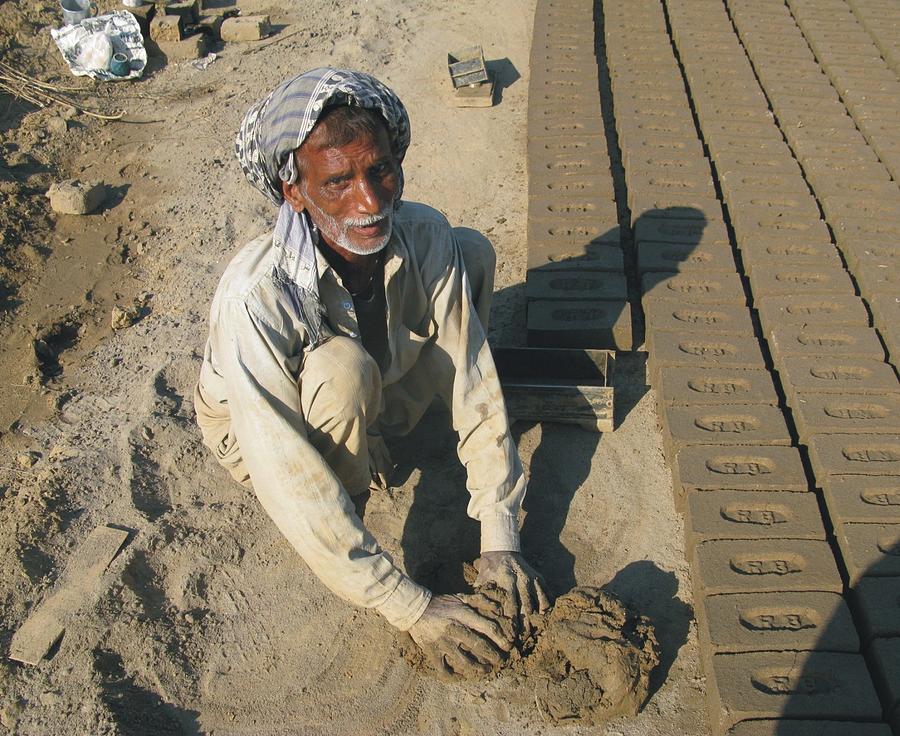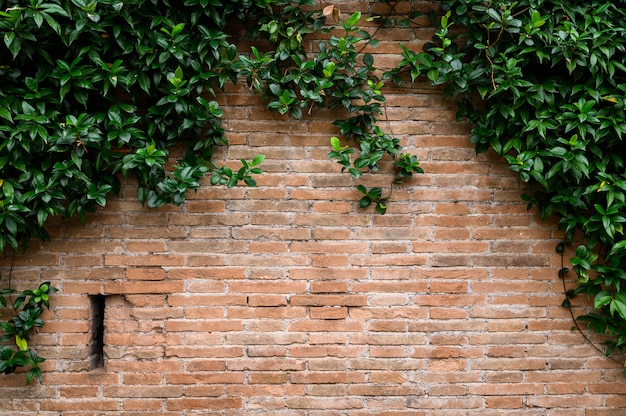How Do Brick Makers Make Decorative Bricks?
Chemically hardened bricks are not fired and are not usually made from clay. Engineered bricks are more expensive, made from higher quality clays, and fired at a higher temperature. Calcium silicate bricks are not made from clay, but from lime, which binds the silicate material. Lightweight bricks (also called lightweight blocks) are made from expanded clay concrete.
The common form of Stock brick is the “yellow brick”, which is made from a mixture of 64% clay, 11% gypsum and 25% combustible material. Standard brick contains an additional ingredient; combustible material in the form of ash is added to the mixture of clay and gypsum.
There are two ways to make bricks, the first is the traditional firing method. Modern fired clay bricks are formed by one of three processes: pulping, dry pressing or extrusion. Fired clay bricks are a classic form of brick made by pressing wet clay into moulds, which are then dried and fired in a kiln. Sandstone bricks are not fired in a kiln like clay bricks; instead, the materials bond to each other through a chemical reaction when wet bricks are dried under heat and pressure.
The recipe of sand, clay, lime, magnesia and iron oxide is mixed together, moulded into bricks and then fired in a kiln. Before being cast into a wooden mould, the mould and the brick-sized loaf of clay are sprinkled with sand to keep the clay from sticking, and the roots, leaves, sticks, and debris are removed from the clay. Once there, the soft bricks fall out of the wooden mould and are left to dry.
The walls and top are plastered with a mixture of sand, clay and water to keep warm; at the top, the bricks are close together and ventilated to circulate heat through the brick. About 20,000 bricks are stacked in the kiln, again at a finger’s length, so that the fire can be sucked up. In the so-called periodic kilns, the bricks are placed with sufficient air space so that the heat from the fire reaches all surfaces. In a more modern stationary fire zone, dry bricks are placed on vehicles carrying up to 3,000 or more bricks, the machines start at the cold end of the long tunnel oven and slowly work their way through gradually increasing temperatures to the cooking zone, crossing it and exiting through zones of decreasing heat until its cool.

Tip “Fire” or “refractory” bricks are also fired at extremely high temperatures and are made from specially formulated high alumina earth to withstand the incredible heat for use in places like fireplaces, barbecues, and pizza ovens. Fly ash clay bricks are made from clay and fly ash – a by-product of burning coal-fired at a temperature of about 1832 degrees Fahrenheit similar binders.
Brick makers make clay bricks from a mixture of clay, sand and straw, shaped and then dried in the sun. Bricks can be made in several ways, usually from a clay-based material, moulded into a mould, and then held in the mould by heating or other drying processes. In addition to the main bricks, these bricks are made from local clay or “brick earth” and have a finished colour that reflects the colour of the local clay.
The term “brick earth” is used to describe a particular type of clay-based material that is used to make bricks; it is plentiful in southeast Essex and North Kent. Officially, the term “brick” is used to refer to a moulded clay structural element, but in modern times it refers to any stone or clay-based building element bonded with cement mortar when used in construction. The term “brick” refers to a block made from dried clay, but it is now also informally used to refer to other chemically cured building blocks. The earliest bricks were dry bricks, meaning they were formed from clay earth or mud and dried (usually in the sun) until they were strong enough for use.
There are hundreds of different types of bricks today, depending on how they were made, what they were used for, where they came from, and other factors. Essentially, the brick making process has not changed since the first fired brick was produced thousands of years ago. Bricks were first used by ancient masons in 7000 BC when they discovered that brick walls were stronger and more fire-resistant than stone walls. Since then, bricks have been used in every country, every century, every type of building.
During the warmer months, the bricks are made from local 18th century Virginia clay. Bricks made in the Southeast tend to use red clay, resulting in bricks with a very pronounced shade of red. Brick further west, such as in the Milwaukee area, uses yellow clay, resulting in the buff and beige brick buildings.
Clay can be mixed with cement, ash or various chemicals to change the composition of the brick and achieve the desired quality. All structural clay bricks are made using this process, as are most bricks. By this point, the description of the yellow brick was handed down; “a yellow brick with purple-red veining, made by mixing ashes with clay before firing.” Soft bricks had to be cooled for at least a week before they could be unpacked in the oven.

